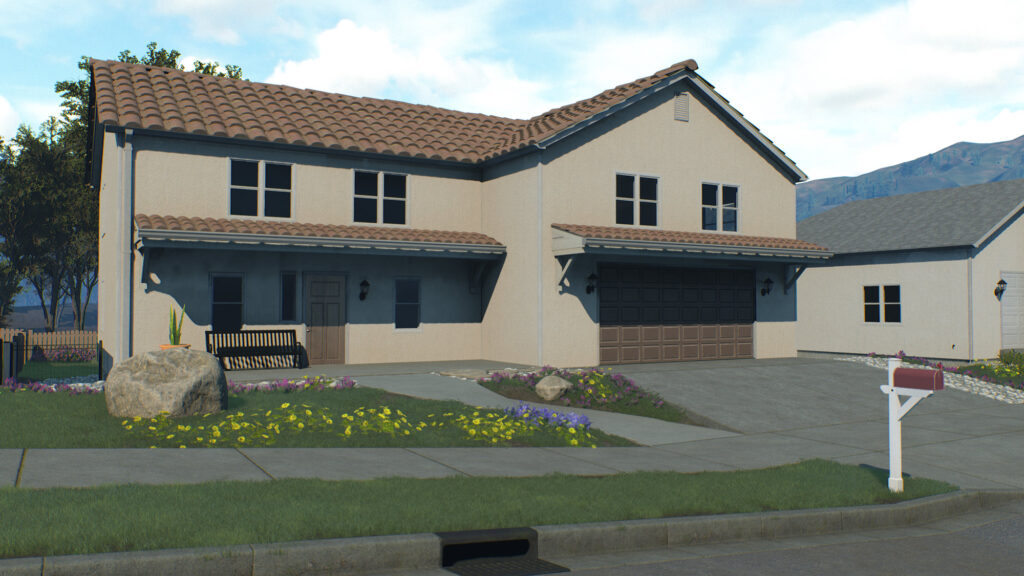When wildfire threatens, follow these last-minute steps to reduce damage to your home.
1. Stay safe, monitor conditions and get alerts for your area.
Always evacuate if you feel it is unsafe to stay. DO NOT wait to receive an emergency notification if you feel threatened by a fire. No home is wildfire-proof.
Download the FEMA App and receive real-time alerts from the National Weather Service for up to five locations nationwide.
Sign up for community alerts in your area and listen for alerts from the Emergency Alert System (EAS) and Wireless Emergency Alert (WEA), which require no sign up.
2. Know your evacuation zone.
You may have to evacuate quickly. Know your community’s emergency response plan and have a plan for where to go.
Follow instructions from local authorities. They will provide the latest recommended routes when leaving your home.
3. Shut off the gas supply to your home.
Shut off the gas at the meter to prevent feeding a fire. Turn the handwheel clockwise to close any valves. Turn off pilot lights. Close all appliance valves and gas valves inside the house or structure. Do not move propane cylinders anywhere near a house or structure. If you have a large propane tank, close the supply valve on the tank.
4. Close all doors and windows.
Close doors and windows to prevent embers from entering the house or structure and igniting combustible materials, burning it down from the inside out.
5. Remove flammable curtains and window coverings.
Close metal shutters if you have them.
6. Turn off air conditioning.
Turn off air conditioning to prevent outside smoke from entering the home and causing preventable damage.
7. Leave your property easily seen and accessible for firefighters.
Leave your exterior lights on so firefighters can see your home under smoky conditions.
If time allows, consider these additional important steps
8. Double-check your Home Ignition Zone (HIZ)
Remove combustible materials from the Home Ignition Zone (HIZ), the 0 to 5 ft area around your home.
Clear dead plants, weeds, grass or any other combustible materials on and under your deck and within 5 feet of your home.
Move flammable items on your deck and around your home—such as toys, patio furniture, door mats, and trash cans—inside or place them in your pool.
Move propane tanks used with barbecue grills away from home, at least 30 feet away is best but be mindful of your neighbors.
Remove weeds and other debris from around your large (125 gallons or more) stationary propane tank so there is no combustible material near tank.
If you have a combustible fence that attaches to your home, secure the gate in an open position to reduce the chance of the fence igniting the home.
9. Remove debris from your roof and gutters and leave the ladder.
If time allows, clean the gutters. If not, place a ladder near or against your home to allow firefighters quick access to your roof if needed.
10. Cover and clean vents.
If you have screens covering vents in your attic or crawl space, remove any debris buildup. If you don’t have screens, cover vents with 1/8” metal mesh to block embers from entering. Seal dryer vents and wall-mounted make-up air openings for furnaces with metal tape or duct tape. If time allows, move combustible materials inside your home as far away as possible from vents.
11. Consider water.
Connect garden hoses to the spigots but do not leave sprinklers on; that can negatively affect water pressure. Leave buckets of water around your home.
Read more of our tips and ideas in the Homeowner Resources section.
Stay In The Know
Want to keep up with the latest news from Wildfire Prepared Home? Sign up for updates today.










